February 7, 2025 | 20:43 GMT +7
February 7, 2025 | 20:43 GMT +7
Hotline: 0913.378.918
February 7, 2025 | 20:43 GMT +7
Hotline: 0913.378.918
Although this crop is easy to cultivate and less susceptible to pests and diseases, farmers still need to synchronously implement the following technical measures to produce VietGAP pineapples with high efficiency (including the Queen pineapple variety):
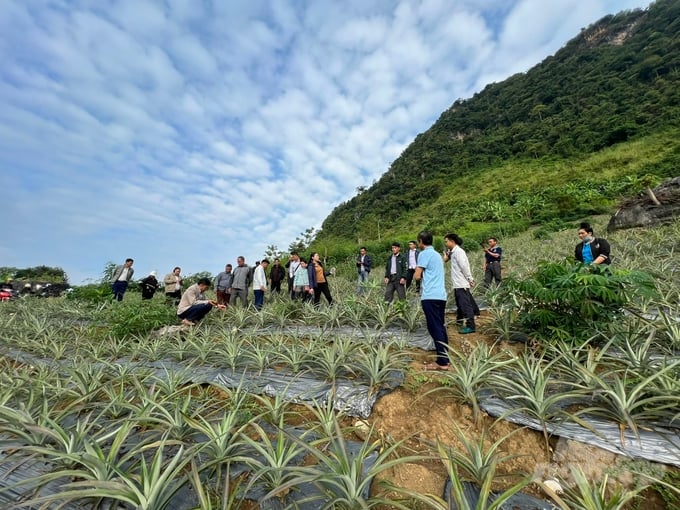
Queen pineapple planting model in Muong Muon and Muong Cha communes (Dien Bien). Photo: Hai Tien.
Pineapple seedlings are grown by clonal propagation - separating buds from the mother plant after harvest, so varieties must be chosen from top pineapple gardens, with a potential yield of 40 - 55 tons of fresh fruit/ha/production cycle. (16 - 18 months). Only choose healthy axillary buds, free from pests and diseases, with similar size and weight, intact growth tips.
It is necessary to classify buds for appropriate planting according to the season. Type 1 buds weigh 250 - 300gr/bud, type 2 buds weigh 200 - 250 gr/bud. In particular, the spring-summer crop is planted with type 1 shoots, the summer-autumn crop is planted with type 2 shoots. Before planting, pineapple buds must be cut off dry leaves at the base, then dip 1/3 of the buds (from the base) into the pesticide solution Pyrinex, Basudin or Oncol to prevent aphids and root nematodes.
Suitable soils for pineapple plants is yellow, red or brown hill soil on schist or ancient alluvium, with a cultivation layer > 30 cm thick, abundant humus, pH from 4.5 - 5.5, slope about 5 - 100. Note, farmers should not plant pineapples in places with a lot of water because local flooding during prolonged heavy rains can kill the pineapples or wash them away with the water.
The amount of fertilizer for 1 hectare of pineapple/production cycle includes: 1,000kg of lime powder, 5,000kg of microbial organic fertilizer, 2,000kg of fused phosphate fertilizer, 1,200kg of urea nitrogen, 1,700kg of potassium chloride. Fertilize in combination with soil preparation with 100% lime powder. Fertilize the furrow before planting with 100% microbial organic fertilizer, 100% fused phosphate fertilizer and 700kg of urea + 700kg of potassium. First top dressing (3 months after planting): 100kg urea + 300kg of potassium. Second top dressing (9 months after planting): 200kg of urea nitrogen + 400kg of potassium. The third time (last time) apply all the remaining fertilizer (200kg urea nitrogen + 300kg potassium) when the pineapple garden has been flowering for 2 months.
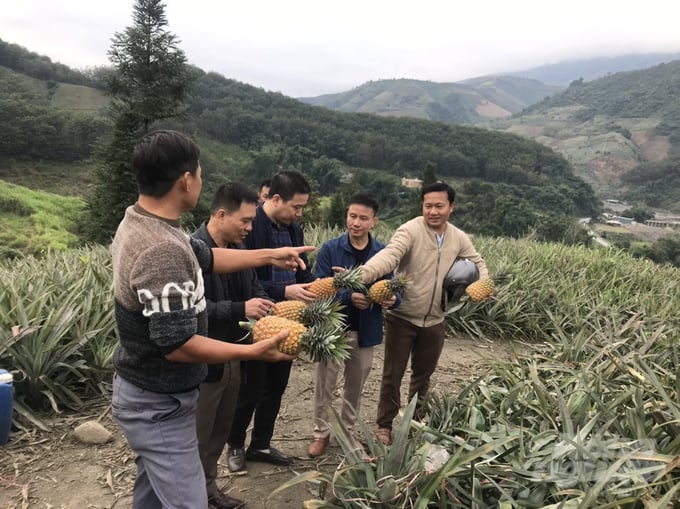
Cán bộ khuyến nông vùng Tây Bắc thăm cánh đồng sản xuất dứa Queen của xã Na Sang, huyện Mường Chà, Điện Biên. Ảnh: Hải Tiến.
Spread lime powder evenly on the field surface before preparing the land, then use a machine to compact the soil, level it and create beds 1.5m - 1.6m wide, 0.25 high, furrows 0.4m - 0.5m wide, then make 4 rows spaced 0.4m apart along the top bed. Then, apply the correct amount of fertilizer as mentioned above, combined with using plastic film to cover the surface of the bed, using soil to carefully block the plastic film to prevent rain and wind from blowing or overturning.
Planting pineapples: Use a beam or a small hoe to dig staggered holes, place the pineapple shoots upright, pile soil into the base and compact it, be careful not to let the soil fall into the pineapple shoots.
About 10 - 15 days after planting, check and rebuild tilted pineapple trees, replant dead trees with shoots of the same type, remove weeds from the field during the period of pineapple growth and development, absolutely do not let the weeds grow in bunches to overwhelm the pineapple plants. At the same time, cut and prune away the top buds and stem buds so that the tree can focus on nutrients to feed the fruit, increase productivity, quality, and production efficiency.
Pineapple trees have thick leaves, narrow and thick leaf plates, so they have good resistance to pests and diseases. On newly planted pineapple land, there are almost no harmful pests or diseases. With pineapple gardens continuously grown for many years, it is necessary to monitor and prevent major pests and diseases such as: For soft rot disease, use Mancozeb spray 3 - 4 times, 10 days apart, each time spraying 800 - 1000 liters/ha; for root disease, spread Texphophat into the field before planting, dosage 60kg/ha; Harmful larvae emerge in July and August, to prevent, fertilize 9kg Mocap 20C/ha around the pineapple base.
Rotate pineapple with other crops, combined with thoroughly cleaning up pineapple trees and post-harvest plant residue, then dig deep holes in the field or grind them to treat with microbial products as fertilizer This method will help fundamentally reduce pests and diseases on pineapples.
Pineapple trees usually flower, fruit and ripen in a short period of time. To reduce consumption pressure, it is necessary to limit pineapple fruit production in the main season by grabbing all the pineapple leaves, clawing them to stand upright, and using 2 soft strings to tightly tie the pineapple leaves together so that light does not penetrate into the pineapple tree's roots. Note, with young pineapple trees, growers should tie the leaves in September; and newly planted pineapples (August - September) with type 1 shoots, tie the leaves immediately after the end of the growing season.
Treat pineapple with Ethyrel when the planted pineapple is 10 - 12 months old, depending on the type of pineapple bud, planting season and care regime. When the tree reaches 28 - 30 leaves, proceed with treatment immediately. How to handle: Dissolve 10cc of Hoa Bao Cashew product (Ethyrel) with 5 liters of clean water and 10gr urea protein, then fill the pineapple buds with the solution. The best time to process pineapple is when it is still cool (5 - 9 am or 3 - 6 pm). After processing pineapple for less than 2 hours, if it rains heavily, treatment must be done again in the above way.
Pineapples for canned food processing cold processing are harvested when the fruit's flesh is ripe and golden from 1 to 2 rows of eyes; for concentrated processing, harvest when the fruit is fully ripe (1/3 or more of the fruit skin is yellow); harvest for transporting far away to sell fresh when the fruit skin turns yellow with 1-2 rows of pineapple eyes.
About 60 days after harvesting, separate the axillary buds that are qualified for planting.Farmers should split into 2 times, each time take 1 - 2 buds/plant, do not take old buds or buds that are too small for breeding.
Translated by Phuong Linh
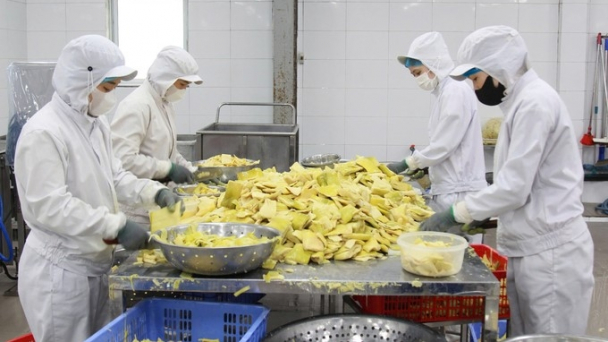
(VAN) The loyalty and close linkage between farmers and businesses in the production chain of Bat Do bamboo shoots will help protect the brand and expand the export market.
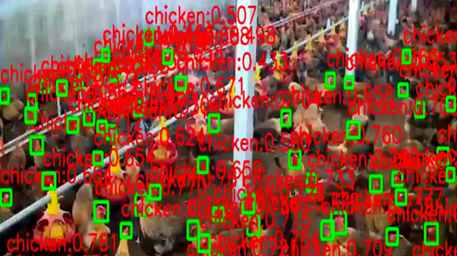
(VAN) In 2025, Xiashu Technology invested heavily in the R&D of artificial intelligence algorithms and is committed to the intelligent improvement of poultry hatching, breeding, and slaughtering.

(VAN) Mr. Johan van den Ban - CEO of De Heus Vietnam, encouraged international businesses to come to Vietnam to see firsthand the investment potential in the agricultural sector.
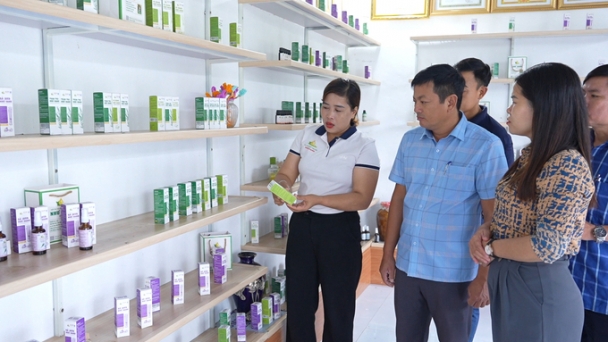
(VAN) The Nhu Oanh essential oil cooperative has expanded its medicinal plant cultivation area to 60 hectares and supplies over 300.000 seedlings annually.
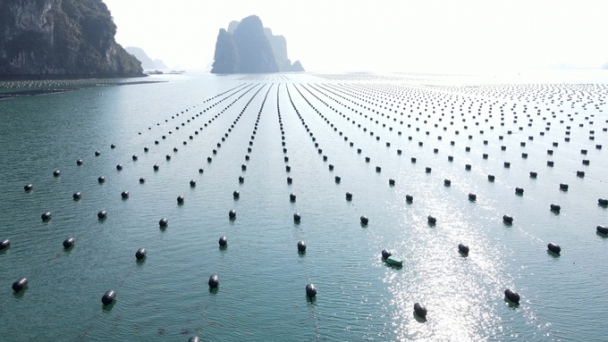
(VAN) Deputy Minister of Agriculture and Rural Development Phung Duc Tien emphasized this at the conference on ‘Development of mollusk and seaweed production’ held on the morning of December 26 in Nam Dinh.
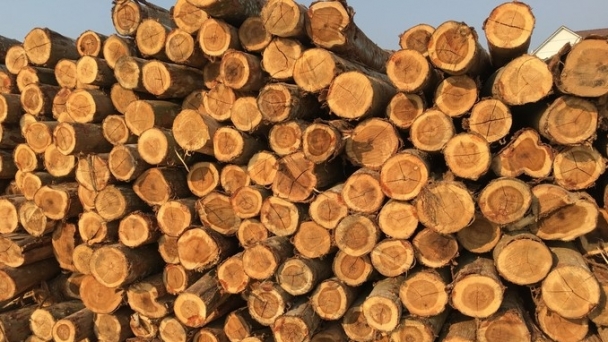
(VAN) Small planted forest timber is currently priced at 1.5 million VND/ton; large timber is priced at up to 1.8 million VND/ton; large timber with FSC certification is priced 20-30% higher than normal large timber.
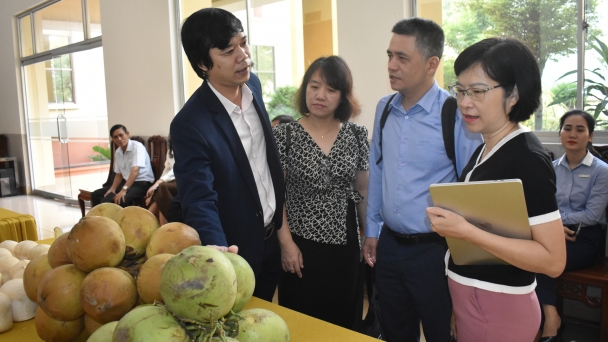
(VAN) The Vietnam Coconut Association has noted that the water coconut industry is thriving in Vietnam. Nevertheless, its development is still uneven, suggesting that there is a substantial untapped opportunity to attract foreign investors.